Thessaloniki gets ready for its metro launch in November
The underground rapid transit lines have been under construction for almost two decades due to various project delays
 TheMayor.EU logo
TheMayor.EU logo 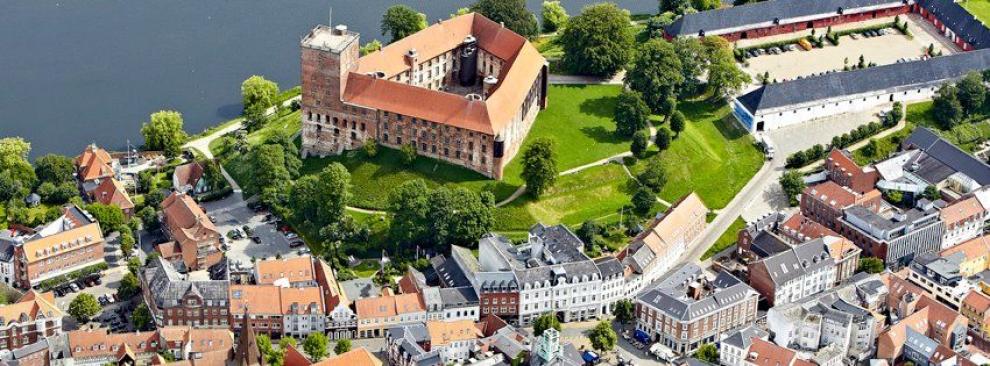
The name of Kolding can be found in documents dating all the way back to the 10th century, but the earliest-known town rights date from 1321. The settlement grew up around Koldinghus, a royal castle built in 1248 with the goal of defending the border. On 23 April 1644 Kolding was the scene of a Danish victory over the Swedes and of a Danish defeat by Schleswig-Holsteiners in 1849. In 1808 the castle was severely damaged by fire, but has been partially restored. The large square tower of Kolding was built by King Christian IV. The Sankt Nikolaj Church dates from the 13th century.
Kolding Municipality is located in the Triangle Region, the strongest centre of growth in Denmark. The municipality covers an area of 605 km2 and has a population of 94,000. Kolding is the seventh-largest city in Denmark. In the Triangle Region live 415,000 people, and it is a home to over 22,300 companies operating in more than 70 different fields.
Kolding has a reputation of a town of innovation and design, both in business and in education, and has a thriving cultural and start-up scene. Numerous small design enterprises and galleries give the impression of the town being a stage for design, art, and architecture. As well as offering top-notch educational opportunities to all ages – from the preschool (’børnehave’ in Danish) to higher education and adult learning at Kolding School of Design, the University of Southern Denmark or the International Business Academy. With an emphasis on social development and start-ups, there’s a growing network of businesses in the area, plus strong support and resources to help companies grow and develop.
Kolding is an important market town, with 120 stores in Jutland’s largest mall drawing shoppers from most of Jutland and Funen.
Jobs are available in the metal industry, IT sector, financial consultancy, the health sector, teaching, trade and transport etc. If you (or your spouse) are looking for a job, you can always visit Jobnet.dk, the public job centre's Internet facility for all jobseekers and employers in Denmark.
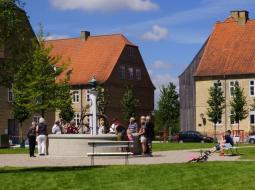
It is a UNESCO World Cultural Heritage site. Walking in Christiansfeld is like taking a walk in bygone times and you can discover something new at every corner.
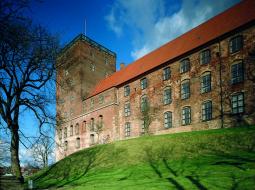
Koldinghus was established as a fortification in the 1200s. The castle was destroyed by a big fire in 1808, but has been brought back to its former glory.
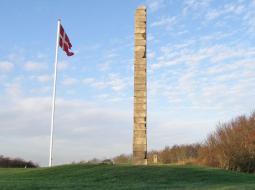
The Skamlingsbanken hill is 113 metres high and is the highest point in South Jutland. It is located amidst beautiful natural surroundings with stunning views of the whole region between Kolding and Christiansfeld. This must-visit place is famous for the gatherings that were held in support of the Danish cause in South Jutland in the years 1843-1859.
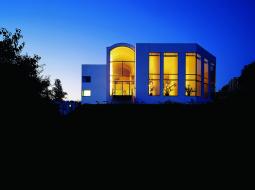
A unique Danish museum where you can admire crafts, visual art, design and furniture design. The museum exhibitions always offer new and exciting experiences, presenting both international and Danish artists and designers. The museum owns a fine collection of modern art and has the largest collection of 20th century chairs in Denmark, as well as the unique holiday house of Arne Jacobsen.
Address: Akseltorv 1, DK-6000 Kolding